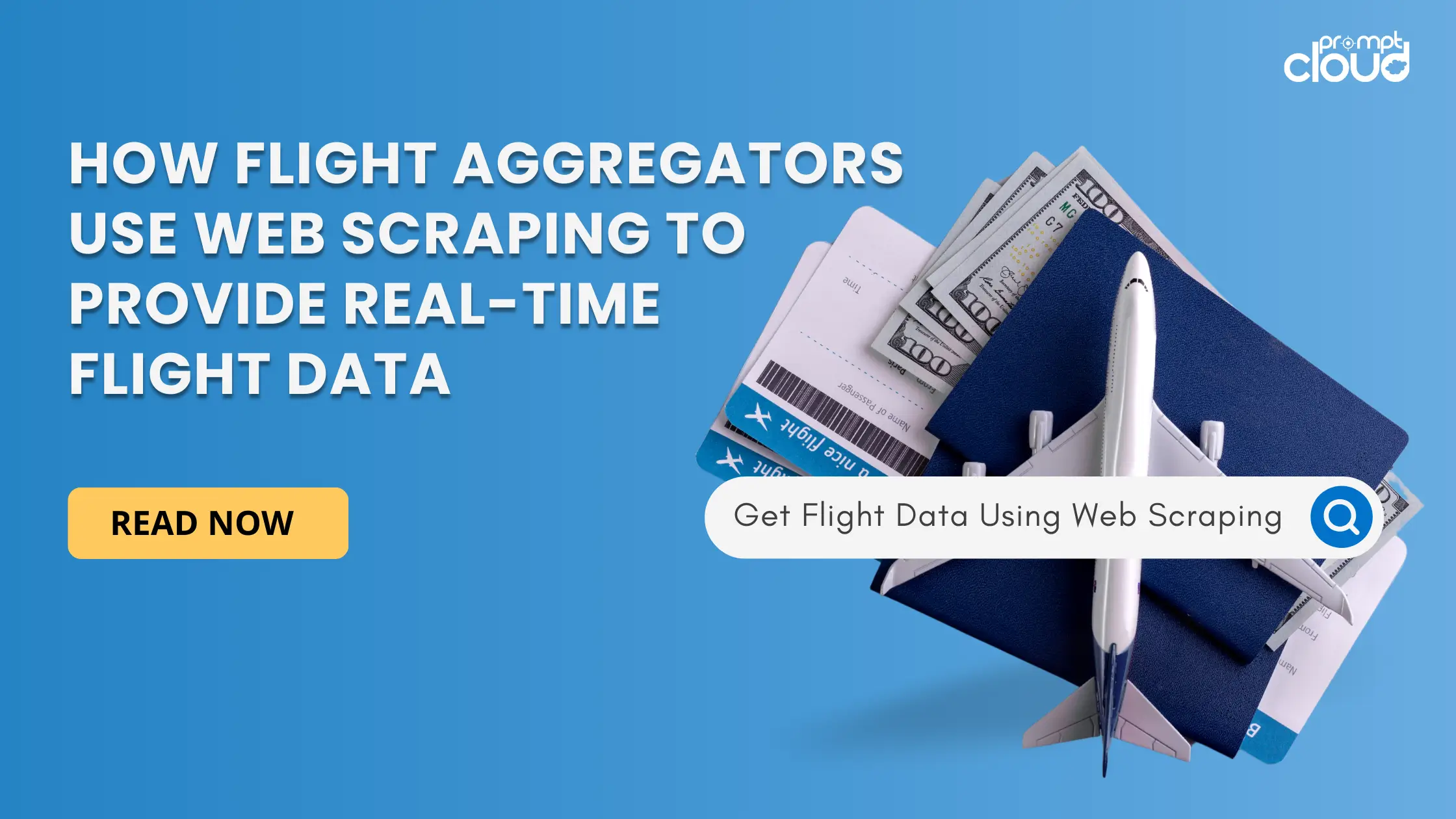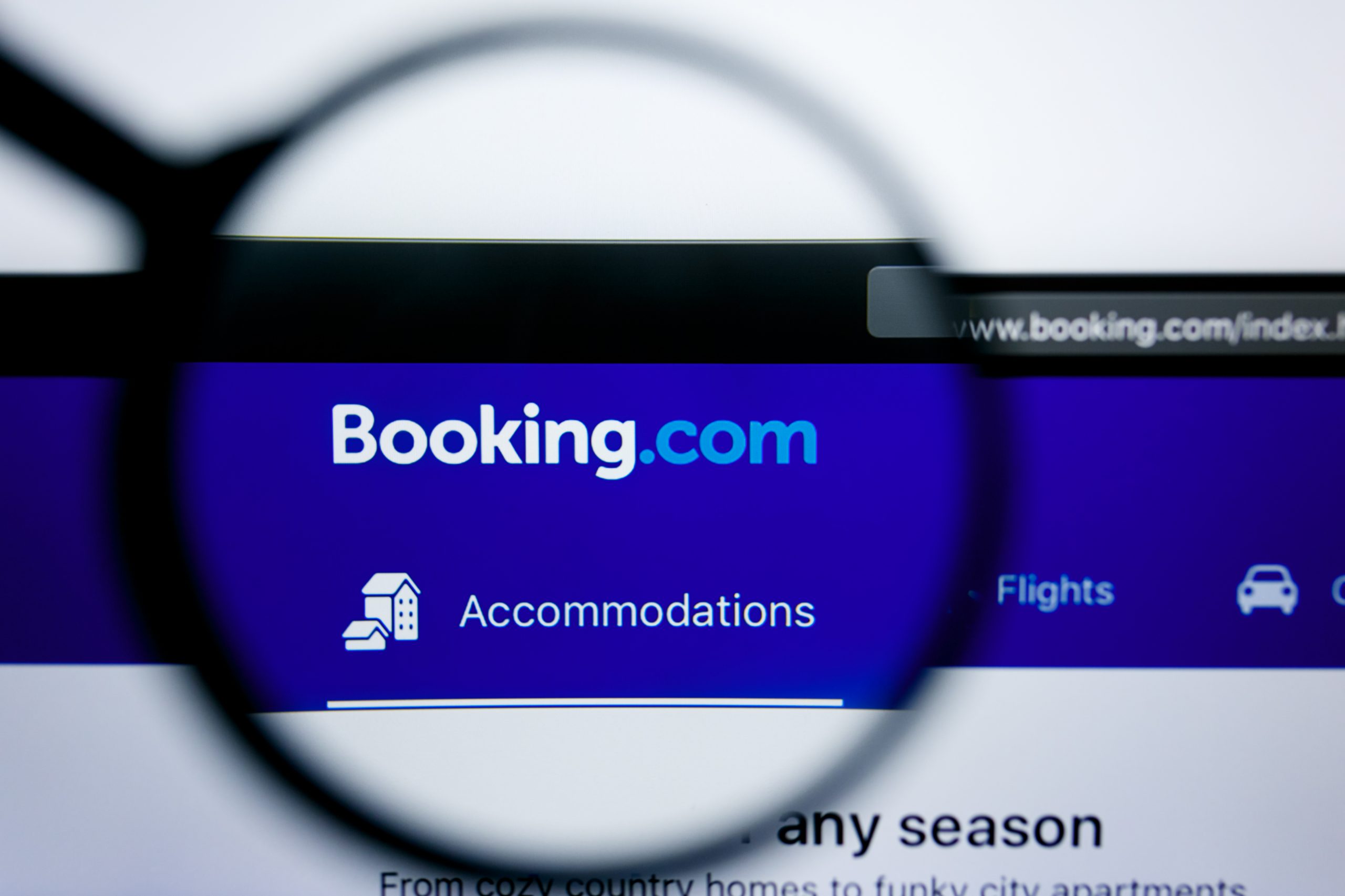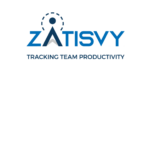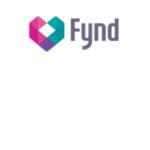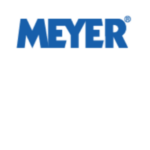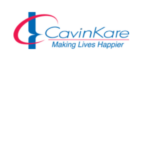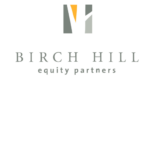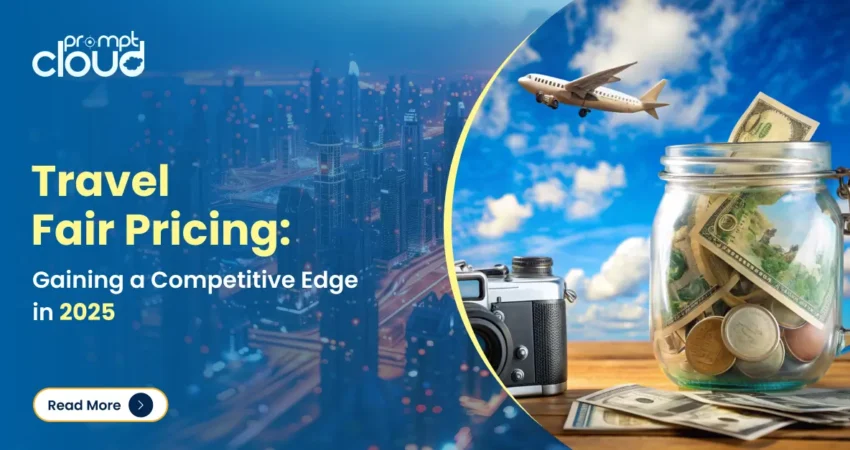
The travel industry is evolving at an unprecedented pace, and with it, pricing strategies are becoming more dynamic and competitive than ever before. Travelers today demand fair pricing, transparency, and value for their money. To stay ahead, businesses in the travel sector—whether airlines, hotels, OTAs (Online Travel Agencies), or aggregators – must leverage real-time data and intelligent pricing strategies to remain competitive in 2025.

Source: kodytechnolab
How are top brands optimizing their pricing models? What factors define airline dynamic pricing? And how can businesses gain an edge without compromising profitability? Let’s explore the future of travel pricing and how companies can navigate this competitive landscape.
Why Fair Pricing Matters More Than Ever?
The concept of fair pricing in travel isn’t just about affordability; it’s about trust, transparency, and perceived value. Travelers have access to real-time price comparisons, reviews, and competitor insights at their fingertips. If they feel they are being overcharged or misled, they will switch providers instantly.
Leading brands like Booking.com, Expedia, Google Flights, and Airbnb are investing in advanced pricing algorithms that ensure competitiveness while maintaining profit margins. To compete effectively, businesses must follow airline dynamic pricing strategy:
✔ Provide price transparency – Clearly break down costs and fees to gain customer trust.
✔ Offer dynamic pricing – Adjust prices based on demand, seasonality, and competitor rates. ✔ Enhance personalization – Tailor pricing and discounts based on customer behavior.
✔ Leverage competitor intelligence – Monitor pricing trends in real-time to stay ahead.
How Airlines Set Fares? The Factors Behind Dynamic Pricing
Pricing in the travel industry is no longer just about supply and demand. Several external and internal factors influence how brands determine their pricing strategies:
1. Real-Time Market Trends & Competitor Pricing
- The travel industry is highly dynamic, with prices fluctuating based on real-time demand, seasonality, and global events.
- Companies use competitor price tracking tools to adjust their rates automatically based on shifts in the market.
- Example: Google Flights and Skyscanner display historical pricing trends and forecast future changes, influencing how airlines set ticket prices. To compete effectively, businesses must follow airline dynamic pricing strategy.
2. AI-Powered Dynamic Pricing
- Many top travel brands now use machine learning and AI-driven pricing models to adjust fares, hotel rates, and car rentals.
- Algorithms analyze customer demand, competitor pricing, booking patterns, and external factors like weather or local events.
- Example: Expedia and Booking.com dynamically update their hotel room prices based on AI-driven demand forecasts.
3. Personalization & Behavioral Pricing
- Modern travelers expect personalized offers and pricing based on their preferences, past bookings, and browsing behavior.
- Businesses use cookies, CRM data, and AI-powered analytics to adjust prices for returning customers.
- Example: Airbnb personalizes search results and pricing recommendations based on a user’s previous stays and search history. To compete effectively, businesses must follow airline dynamic pricing strategy.
4. Regulatory & Compliance Factors
- With increasing global scrutiny on price fairness and hidden fees, travel businesses must ensure they comply with fair pricing regulations.
- New laws in Europe and the U.S. mandate clearer pricing breakdowns and limit deceptive pricing practices.
- Example: Airlines like Delta and American Airlines have revamped their fare breakdowns to clearly highlight taxes, baggage fees, and add-ons.
5. Customer Sentiment & Brand Loyalty
- Pricing strategies must balance revenue optimization with customer trust.
- Overly aggressive price hikes or misleading discounts can damage brand reputation and reduce long-term customer loyalty.
- Example: Southwest Airlines maintains customer loyalty by keeping baggage fees transparent and fares competitive.
How Top Travel Brands Optimize Pricing with AI & Data?
Successful travel brands invest in data-driven pricing strategies to maintain their competitive edge. Here’s how they do it:
1. Competitor Price Monitoring & Benchmarking
- Brands use automated scraping tools and APIs to track competitor prices in real time.
- Benchmarking against industry leaders ensures pricing remains competitive without eroding profit margins.
- Example: Hopper provides predictive pricing insights and fare alerts, helping travelers secure the best deals while allowing airlines to optimize revenue.
2. Predictive Analytics & Forecasting
- AI-powered pricing engines analyze historical trends, booking patterns, and future demand forecasts to optimize rates.
- Airlines, hotels, and OTAs use predictive models to set prices weeks or months in advance.
- Example: Google Flights’ Price Insights show whether prices are likely to increase or drop, helping users make informed booking decisions.
3. Geo-Based & Device-Based Pricing
- Some brands adjust pricing based on the customer’s location or the device they are using.
- Prices may be slightly different when browsing from a mobile device versus a desktop or from one country to another.
- Example: Airlines and hotel booking sites often display region-specific pricing due to currency fluctuations and local market conditions. Airline dynamic pricing can help.
4. Personalized Discounts & Loyalty-Based Pricing
- Travel brands offer exclusive deals to returning customers, loyalty program members, and high-value users.
- Special discounts are also offered based on user behavior, such as abandoned cart reminders.
- Example: Marriott Bonvoy and Hilton Honors reward loyal customers with special pricing and exclusive deals.
5. Transparent & Ethical Pricing Strategies
- Businesses are increasingly moving towards transparent pricing models that eliminate hidden fees and misleading tactics.
- Brands that prioritize trust and fairness tend to see higher conversion rates and repeat business.
- Example: Southwest Airlines advertises “no hidden fees,” building strong brand loyalty and customer trust.
The Future of Fair Pricing in Travel: Trends & Innovations
As we move into 2025, fair pricing will become a key differentiator in the travel industry. The businesses that win will be those that:
✅ Use real-time competitor intelligence to stay ahead of pricing trends.
✅ Implement AI-driven pricing strategies that maximize revenue without overpricing.
✅ Offer personalized and transparent pricing models to build long-term trust.
✅ Comply with global pricing regulations to avoid legal challenges and maintain credibility.
Conclusion
Fair pricing isn’t just about attracting customers – it’s about retaining them. By prioritizing data, transparency, airline dynamic pricing, and customer-centric pricing models, travel brands can gain a strong competitive edge and thrive in the evolving travel landscape of 2025.
So, how will your business adapt to airline dynamic pricing strategy to stay ahead in the travel industry? PromptCloud can help with pricing data. For custom web scraping solutions, get in touch with us.













